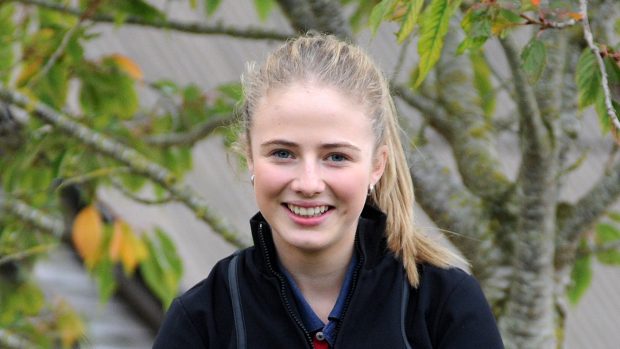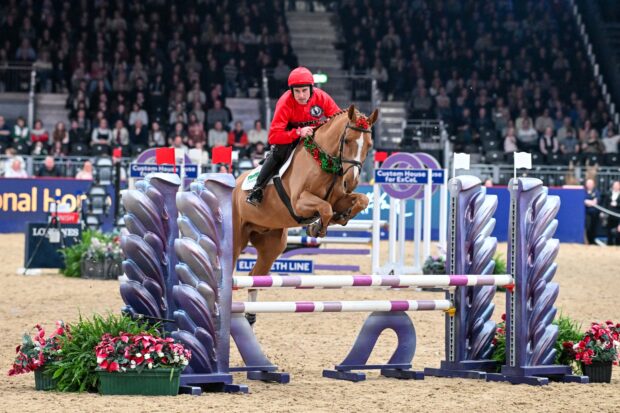Horse&Hound is proud to name the Injured Jockeys Fund (IJF) as our charity of the year for 2016.
The charity does important work for riders and their families who have been affected by injuries in their sport.
 In the past 51 years more than 1,000 jockeys have been helped by the IJF.
In the past 51 years more than 1,000 jockeys have been helped by the IJF.
With two rehabilitation centres and direct support across the country, jockeys hurt in their line of work have access to free rehab and training, as well as support and advice.
More recently the charity’s work has also extended to riders in other disciplines, most notably eventers.
How the IJF began
Two serious falls led to the creation of the IJF. On 21 March 1964 jockey Paddy Farrell suffered a devastating fall at Aintree and Tim Brookshaw suffered a career-ending fall at the same track several months earlier.
Following these incidents — both of which resulted in paralysis — Clifford Nicholson, Edward Courage, Fred Winter, Peter Vaux and John Lawrence (later Lord Oaksey) set up the charity to help injured jockeys.
Lord Oaksey — who was H&H’s racing correspondent Audax for nearly 30 years — continued as president of the IJF until his death in 2012.
| Related articles |
The facilities
In 2014, the charity celebrated its 50th anniversary and the IJF now boasts two state-of-the-art facilities.
Oaksey House opened in Lambourn, Berks, in 2009 while Jack Berry House was unveiled earlier this year in Malton, Yorks.
There is a respite area in both centres, with en-suite accommodation.
The IJF also has a team of almoners to support injured jockeys around the UK.
“We have a network of people to respond to jockeys longer-term needs,” said the IJF’s Lisa Hancock. “Some are permanently injured and we’re here to make it as easy as possible for them and their families.”
Help for all
As well as countless jockeys, event riders Kitty King, Laura Collett, Aaron Millar and H&H blogger Susanna Hext are among those who have been helped by the IJF.
In 2013 Kitty broke her wrist in a couple of places being knocked over in the field and went to Oaksey House for rehab.
Aaron Millar has been benefiting from the facilities at Oaksey House following a serious car crash in April. He suffered severe internal injuries including a haematoma on his bowel.
Treatment at either of the two rehab centres is free for jockeys, and riders on the World Class programme can receive funding via the British Equestrian Federation. Other equestrians can pay for themselves or use insurance to benefit from the facilities.
“Riders can make contact with the team, who will assess how best to offer treatment,” Lisa Hancock told H&H.
“The centres are there first and foremost to offer support to injured jockeys, but we are very keen to share with other disciplines. Rehab is tailored to individual needs, but our team knows what riders need to return to the saddle.
“We look forward to working with H&H throughout the year, raising the awareness of the IJF’s two state-of-the-art rehabilitation centres, Oaksey House and Jack Berry House, whose physio and gym facilities are now available to the wider equestrian community.”
H&H has made a donation to the IJF for every advert in the magazine that carries the charity’s logo. Please join us by donating via our dedicated JustGiving page.
For interviews with riders Aaron Miller, Kitty King, Laura Collett and Noel Fehily, plus a behind the scenes look at Oaksey House, don’t miss this week’s issue of H&H magazine, out today (Thursday 31 December).




